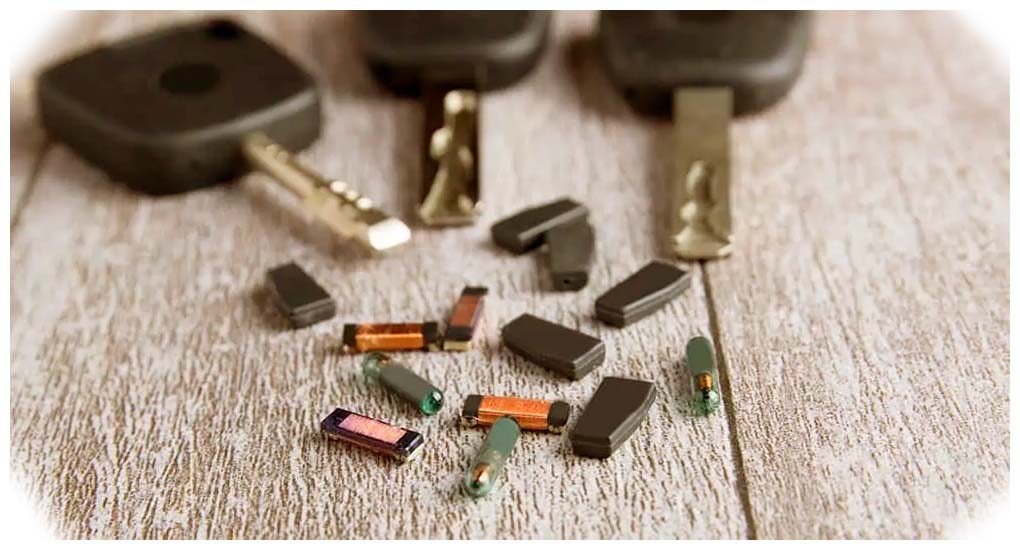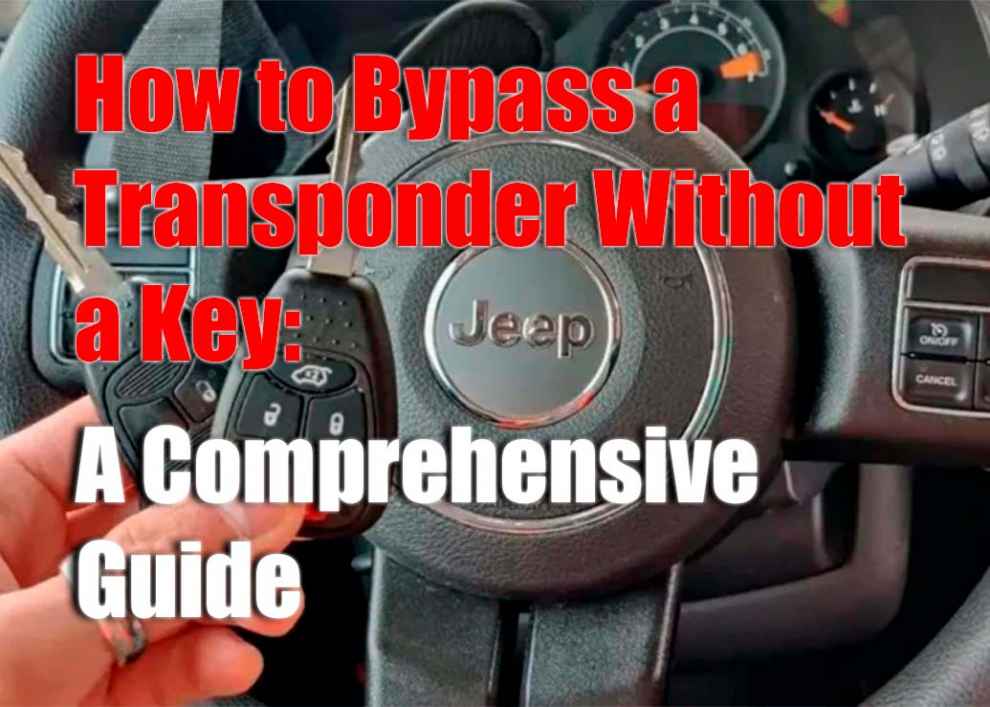A vehicle that uses a transponder key requires a physical key in order to start the car and open the doors. Many modern cars have this security feature installed and it can prevent your car from being stolen, however it can also be a hassle if you lose your keys or need to bypass the transponder key without having the original. In this article, we will discuss what tools you need and how to successfully bypass a transponder without a key.
What is a Transponder Key?
A transponder key is an electronic device that sends an encrypted signal to your vehicle’s ignition system when you insert it into the lock. This signal not only unlocks the door but prevents any other unauthorized keys from starting your car. The main advantage of using a transponder key is that it provides extra security for your vehicle since no one can start it without having access to your physical key.
What Tools Do You Need To Bypass A Transponder Without a Key?

Steps to Successfully Bypass A Transponder Key Without A Physical Key:
Discover the steps to successfully bypass a transponder key without a physical key for vehicles that require a transponder key to start and open the doors. A transponder key is an electronic device that sends an encrypted signal to the vehicle’s ignition system, and to bypass it, you will need an OBDII scanner, a jumper wire, and a resistor or capacitor. The steps include locating the transponder key antenna, disconnecting it, connecting the bypass module to the antenna’s connector, and testing the bypass using an OBDII scanner. With these tools and steps, you can successfully start your car without a physical key.
-
Locate the transponder key antenna in your vehicle. It is typically located near the ignition switch or steering column.
-
Disconnect the transponder key antenna from its harness by cutting its wires and removing it from its housing with the help of wire cutters or any other sharp cutting tool.
-
Connect the alligator clips of one wire to the two terminals of your bypass module and then attach another wire to the remaining two terminals on your bypass module with help of electrical tape for insulation purposes so that no current can escape through these connections.
-
Connect these two wires to transponder key antenna’s connector and secure them tightly using electrical tape so that there are no loose connections present which may cause short circuits or sparks due to high voltage passing through them when you start your car engine later on after successful bypassing procedure of transponder key without physical key is complete successfully without any issues or problems occurring while doing so automatically by itself if done properly following these steps correctly and cautiously.
-
Then, connect the OBDII scanner to your car’s diagnostic port and read the data from the ECU to see if the bypass is working or not. If it is, then you can start your car without requiring a physical key.
Conclusion
Bypassing a transponder key without having the original one can seem like a daunting task but with some patience and knowledge of how these systems work, it is quite easy to do. With the help of an OBD II scanner, jumper wire, and resistor or capacitor, you can successfully bypass your transponder key without having to worry about having the original one to start your car.

Add Comment